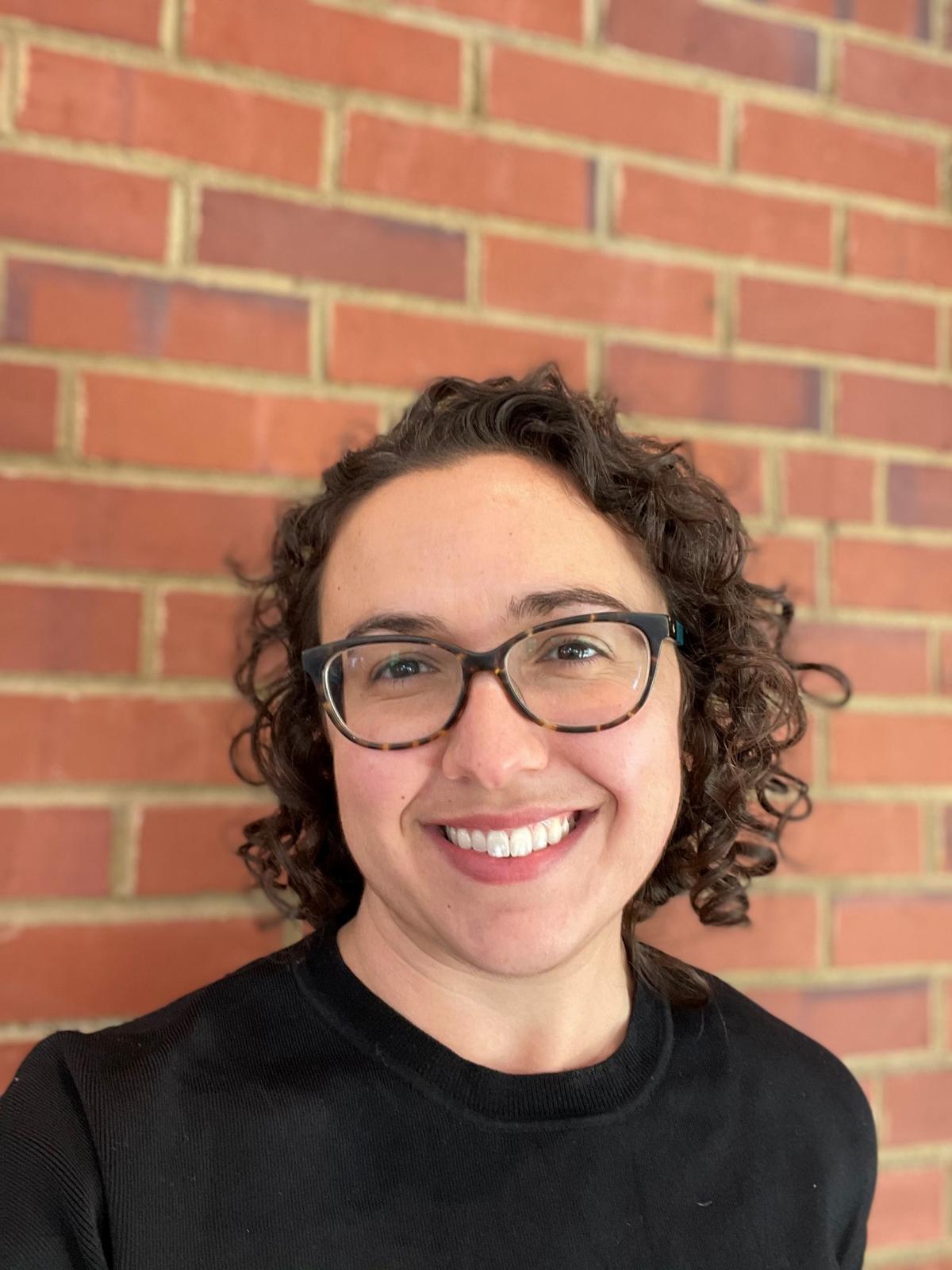

You have been at the Walton Family Foundation for just under a year and a half now after serving over six years at The Nature Conservancy (TNC). Which do you enjoy more: the field or administrative work? What impact do you hope to have in this new role that was not part of your position at TNC? What types of projects and organizations do you support at the foundation?
[I’ve been there just OVER a year].
I am so glad to have both experiences! I really love working on conservation within global, national, and local contexts that are outside of the control of the organization I am working for and constantly changing. At The Nature Conservancy and the Walton Family Foundation, the puzzle pieces to work with are definitely different, and I’ve found field experience to be helpful in grant making. At the foundation, where we make grants towards ensuring there is enough healthy, available water for people and nature to thrive together, I am enjoying the ability to pivot very quickly and work with many diverse organizations to achieve our goals.
What are you most proud of from your work with The Nature Conservancy?
In my last role at The Nature Conservancy, I was Director of Agriculture for North America. I was proud that the organization put me forward as a face of its work in agriculture as a young(ish!), suburban, Hispanic, woman. Agriculture is still a very male-dominated field where experience is highly valued but the opportunity is often inherited. Hiring me for that role was a risk for TNC, but I received full support from leadership.
How has your move to the Walton Family Foundation affected your view of the future of the environmental justice movement?
I’ve found that there is more in common among organizations that may appear to have different missions from each other. Listening to each other to find these similarities, while appreciating and leveraging the differences is powerful.
As a member of the Green Leadership Trust, have you seen the type of changes we need to make our field more inclusive, especially as it relates to more people who identify as people of color and indigenous people being in leadership positions?
I think diversity in the field is still a challenge. The increase in leaders who identify as people of color and indigenous people is heartening and exciting. I have heard issues raised in conversation that a few years ago I would not have. Mostly, given how far we still have to go, I am glad that more people are willing to support each other and ensure that leadership in the environmental field is more diverse.
Your resume to date is quite impressive – are you pursuing a specific career course or taking opportunities as they come?
One of the best pieces of advice I received was to stop thinking of my career as linear. Letting go of that expectation has allowed me to follow opportunities that I am passionate about, and ultimately bring me joy in my daily work. Still, when I’ve seen openings that I am excited about, I work very hard to pursue them and prepare relentlessly to be the best candidate.
What advice would you give to young people, and particularly young women, looking to pursue a career in environmental science?
Do not forget the human element of doing great science. Be as dedicated to connecting people with the science in a way that is authentic to you as about the science itself.
What do you make of the way the proposed Civilian Conservation Corps has stalled in Washington? What will it take to make progress on the climate front?
[I think it is the Civilian Climate Corps, right?]
Policy change is rarely achieved as quickly as most of us would like, and many of the biggest changes occur when we do not give up on what we know are great ideas. I wish I had an answer to what it will take to make progress on climate, but I am excited about the work to weaving climate change policy into the fabric of other policies. Rather than thinking “this is the one policy that will address climate change,” we need to consider climate change in making policy about infrastructure, the financial system, agriculture, etc.
You are a former SCA board and Alumni Council member so you have somewhat of an insider’s view. If you could give SCA one piece of advice, what would it be?
There is a moment when I was on the SCA board when I – much to the entertainment of many in the room – pounded the table and told the room: Don’t ever tell me I can’t save the world. While I’d amend that today to be “we” (because it will take many of us), I still stand by the sentiment. SCA’s strength is when it leans into the fact that if people are given the opportunity, they’ll do so much more than you can imagine.
When you look at the caliber of the SCA100K Ambassadors and their achievements, what does that say to you about this group, SCA alums in general, and SCA’s impact on aspiring young leaders?
I love how many of the SCA100K Ambassadors did not pursue careers in conservation. To me, this demonstrates the diversity of people who care about the environment, which will ultimately be the foundation to successfully creating a more sustainable future.
What are some lessons learned from that SCA experience that you still rely on today?
Have fun! I will also never forget a really hard day at work during one of my SCA internships. One of my mentors reminded me that part of being in this line of work is putting setbacks in a historical perspective and knowing that when we persevere there will be progress.
Visit the SCA100k page for more information on our ten ambassadors.